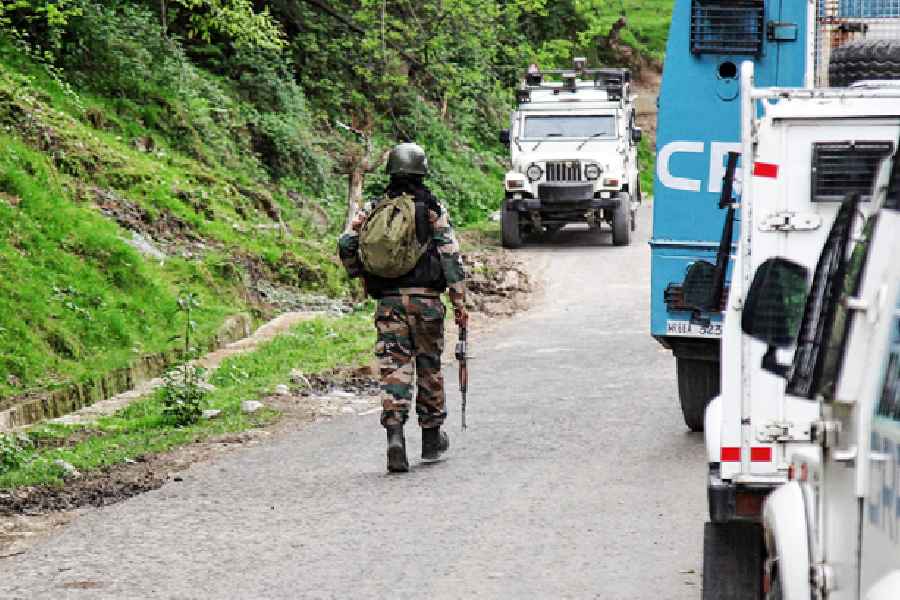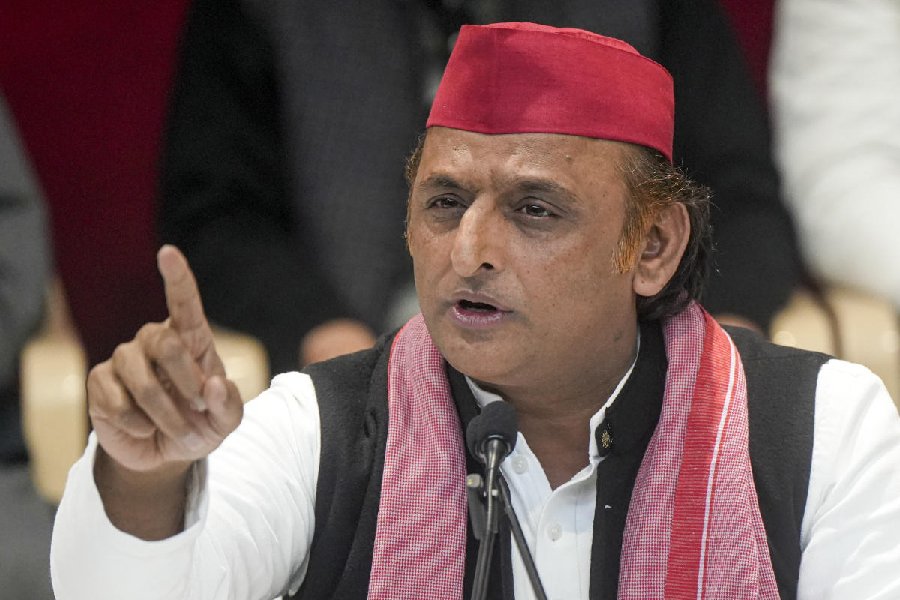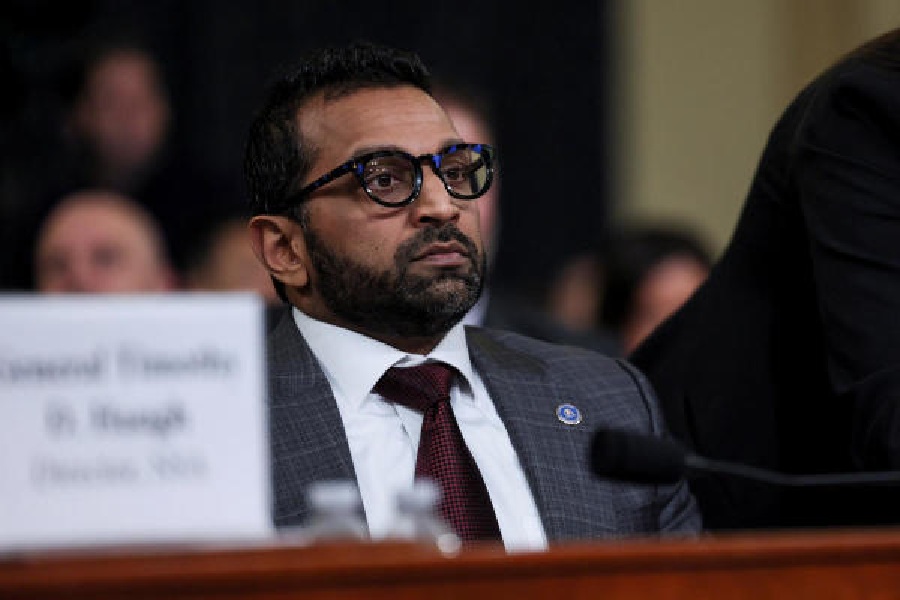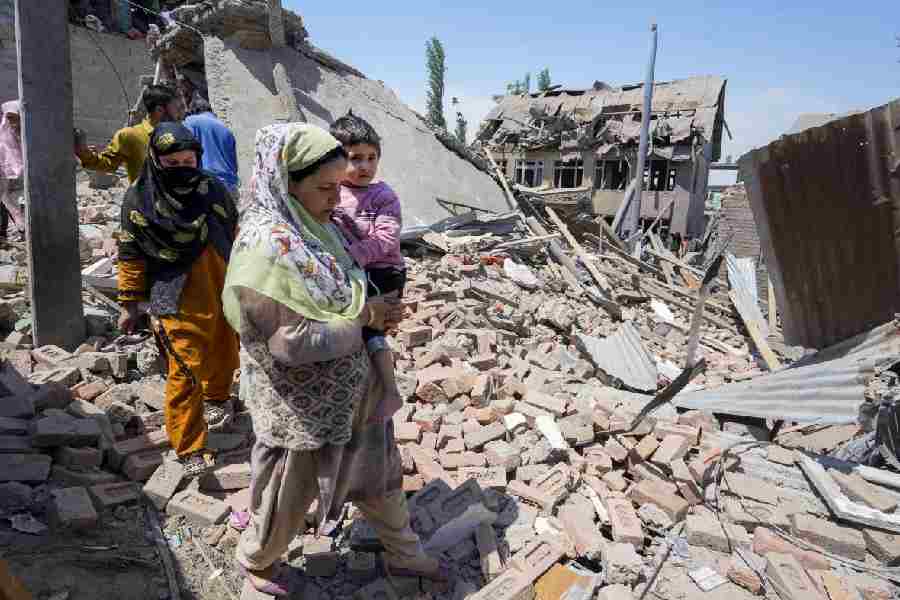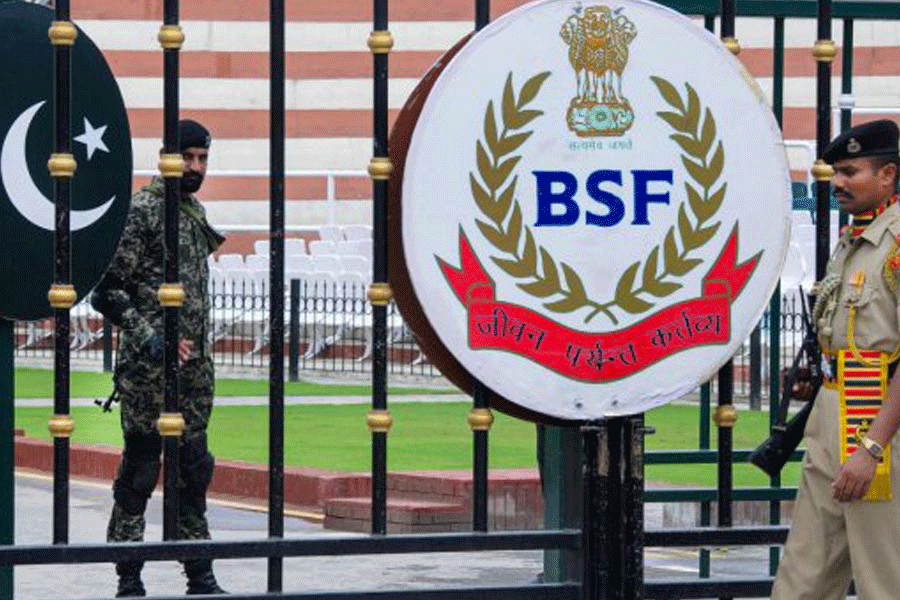
"The name of your race has become almost synonymous in the English language with traditions of desperate courage and unflinching loyalty," Lord Curzon, the viceroy of India, told the Sikhs in 1899. He was speaking two years after the Battle of Saragarhi, which has gone down in history as one of the most famous last stands.
On the morning of September 12, 1897, 21 soldiers of the 36th Sikh Regiment of the British Indian Army faced over 10,000 Afghan and Orakzai tribesmen in the remote fort of Saragarhi in the hills of the North West Frontier Province.
Led by commander Havildar Ishar Singh, the men battled in the heat of the midday sun for seven hours. They fought without food or water and, when the ammunition ran out, engaged in hand-to-hand combat, holding the fort till the last man was down. Their action gave the British Army enough time to send in reinforcements. The nearby forts of Lockhart and Gulistan were saved. When the relief columns arrived, they found the bodies of the 21 soldiers at their posts, along with 600 bodies of the tribesmen that they had taken down.
News of the bravery of the Sikhs reached the House of Commons where the "Gallant 21" were given a standing ovation. Queen Victoria posthumously awarded them all the Indian Order of Merit, the highest bravery award for Indians at the time, equivalent to the Victoria Cross.
Now, 118 years later, it seems that the British want the turbaned warriors again. This week it was announced that the British Army was considering creating a Sikh regiment to increase the number of ethnic minorities joining the forces. The armed forces minister, Mark Francois, said the army was considering raising a company of Sikhs, which would inherit many of the "proud traditions of Sikh regiments" from the army's past.
The Sikhs have been a major player in Britain's colonial military history. They fought in the muddy trenches in France and Flanders and the harsh deserts of Mesopotamia and Egypt in World War I (WWI).
They returned to the frontline in World War II, taking part in the 1940 campaign and the evacuation from Dunkirk. They fought and died in Italy at Cassino, Florence, Forli, Ravenna and Sangro river, and took part in the liberation of Greece. They went to the Western Desert, the Middle East, Eritrea and Ethiopia. In the jungles of Burma they fought the Japanese and collected five Victoria Crosses.
Eighty-three thousand Sikhs died in the two World Wars and over 1,00,000 were seriously wounded.
To the Sikhs in present-day Britain, the news provoked mixed feelings. There was elation in the Sikh community in 2012 when Jatinderpal Singh Bhullar of the Scots Guards was allowed to guard Buckingham Palace wearing his turban instead of the traditional bearskin hat. However, a separate Sikh regiment was another matter.
"I think the fact that this has been raised as an issue so close to an election is interesting," Harbaksh Singh of the UK Punjab Heritage Association told The Telegraph. Singh and his group have been organising exhibitions and talks on the Sikh contribution to WWI. Recently they gathered a group of young Sikhs in the gleaming glass and chrome offices of a city firm in London and showed them images of turbaned Sikhs marching proudly in Marseilles.

PIC: IMPERIAL WAR MUSEUM
His fellow Sikh, Jasvir Singh, chair of the City Sikh Network, a leading organisation of Sikhs, is however excited by the plan. "Sikhs have a rich history as part of the armed forces in the UK which goes back 160 years. This proposal for a Sikh regiment in the modern British Army is long overdue and is likely to result in many more Sikhs coming forward to join as recruits. Sikhs should have the option of joining a Sikh specific regiment, just as the Nepalese Gurkhas do, but it should not prevent Sikhs from being part of any other regiment they may wish to join."
The army has been trying to recruit Asians for some time now but has not made a breakthrough. The original idea of a Sikh regiment was made eight years ago under the Labour government, but was abandoned on the ground that it could be seen to be racist. Most young Sikhs have stayed away from the army.
There are just 160 Sikhs in service in Britain with 10 serving in the Royal Navy, 130 in the Army and 20 in the Royal Air Force. The number of Hindus (all services) is 880 while Muslims number 600.
Leaders of Britain's 5,00,000-strong Sikh community have claimed in the past that they can easily find volunteers to fill a 700-strong Sikh regiment. Denying that it will be divisive, they feel that it would be no different from the Scottish, Welsh and Irish guards.
Favouring the idea of a Sikh regiment is Labour MP Virendra Sharma, whose constituency of Southall has a large number of Sikhs and is known as "mini Punjab".
"It is time for this to go ahead," said Sharma emphatically. "It will help raise awareness of the contribution of Sikhs in the past. It will allow them to form a cohesive unit. I think it is a very good idea."
Amandeep Singh Bhogal, prospective parliamentary candidate for the Conservative Party, who if elected will become the first turbaned Sikh to sit in the House of Commons, is also in favour of the plan.
"Having raised the original Sikh Regiment in 1846 it is only right, proper and long overdue that Britain once again established a Sikh unit in the British Army," Bhogal said. "It would be a step in the right direction in realising the glorious contribution of the Sikhs to Britain, India and the Commonwealth over the past two centuries and it would go a long way in increasing communal harmony by allowing the present generation to come forward to continue the Sikh traditions of standing up and defending all from the enemies of humanity."
It remains to be seen whether the Sikh regimental war cry of " Bole so nihal" will ring out again from the British lines, 68 years after Independence.





